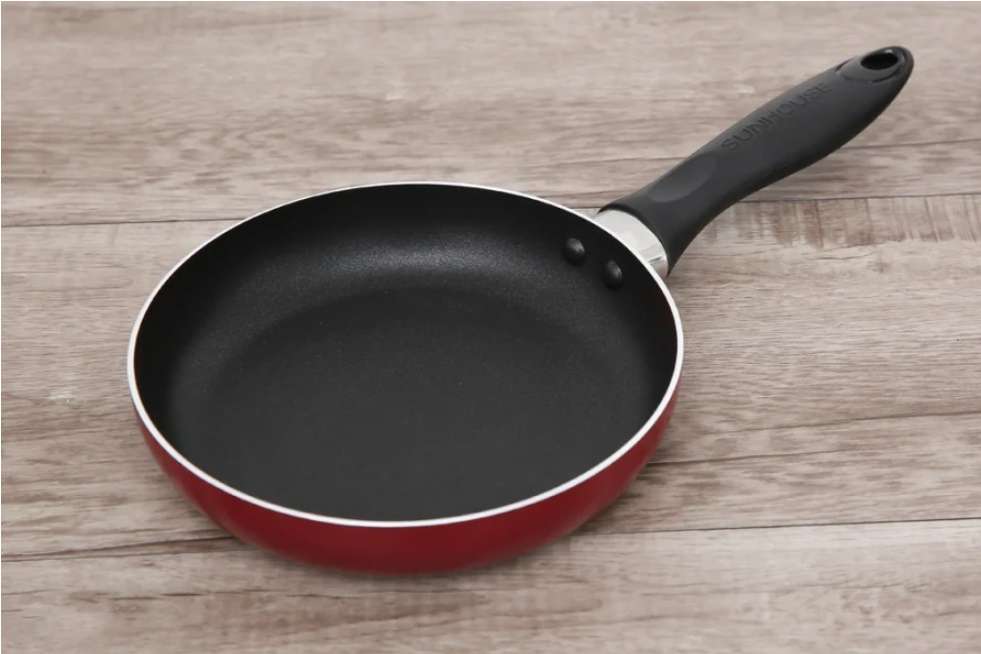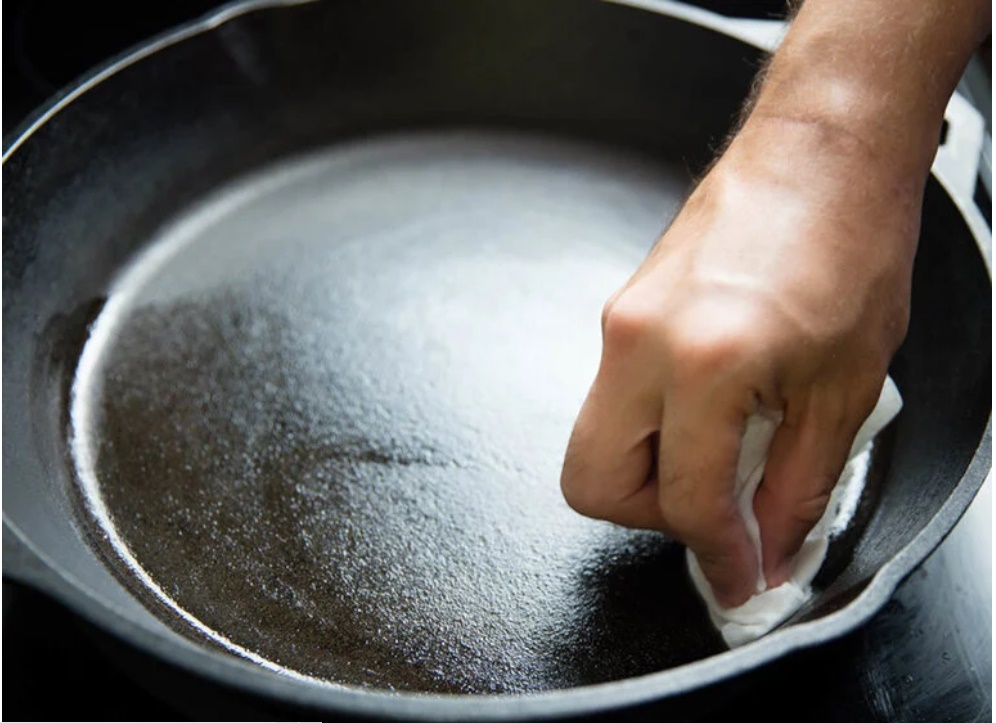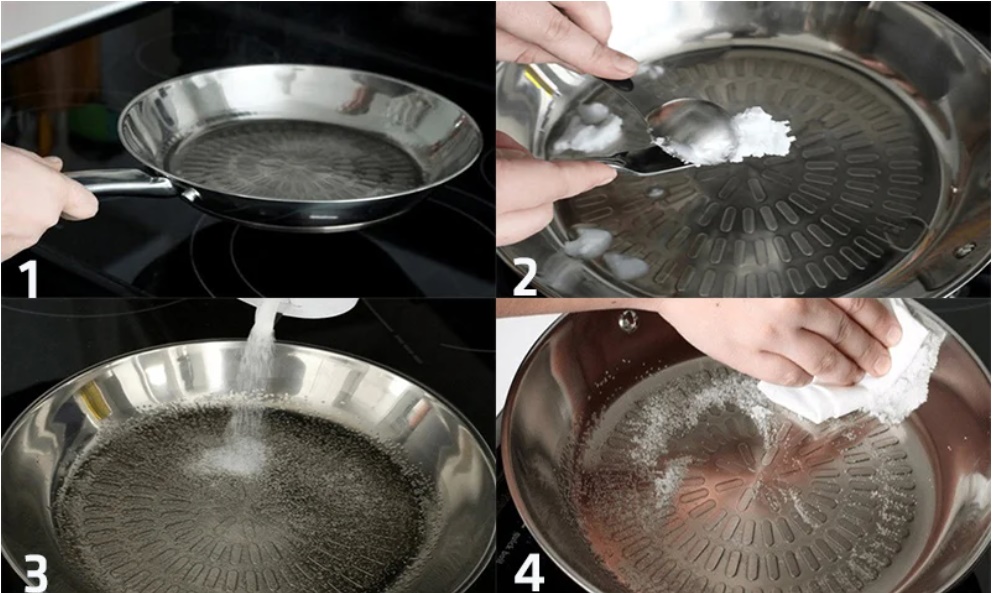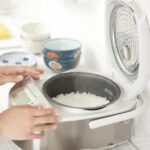How to Make Your Non-Stick Pan Last Longer
When you buy a new non-stick pan, it’s best not to use it right away. Instead, follow these steps to ensure its longevity.
Fill the pan with clean water to about 2/3 of its height and place it on the stove. There’s no need to bring the water to a boil; simply heat it until you see steam, then turn off the heat. Discard the water and let the pan cool slightly before drying it with a soft cloth.
Place the pan back on the stove and turn the heat to the lowest setting. Take a small amount of cooking oil on a paper towel and evenly coat the entire pan for about 30 minutes, then turn off the heat and allow the pan to cool.
Repeat this oil-coating process two more times, and your pan will be ready for cooking. This method will ensure that your pan lasts longer and that the non-stick coating doesn’t peel off.

How to Make a Regular Pan Non-Stick
Using Cooking Oil
Start by thoroughly cleaning your pan. Before frying or sautéing, pour a thin layer of cooking oil into the pan and evenly coat the surface. Once the pan is heated, pour out the oil and add cold oil. You can now use the pan for frying as usual. This method will prevent food from sticking to the pan during cooking.

Using White Vinegar
Place the pan on the stove and pour in white vinegar. Use a paper towel or sponge to soak up the vinegar and evenly coat the pan’s surface a few times. Then, pour out the vinegar and rinse the pan.
Return the pan to the stove and turn the heat up high to evaporate any remaining water. Once the pan is dry, pour in cooking oil and heat it over medium heat. Coat the pan evenly with oil and cook for about 3 minutes before turning off the heat and allowing it to cool.
Once the pan has cooled, pour out the oil and rinse it. Your pan is now ready for use.
To maintain the non-stick effect, repeat these steps after a period of use.
Using Coconut Oil and Salt

First, pour coconut oil into the pan and heat it until it’s very hot. Spread the oil evenly across the pan, then pour it out.
Sprinkle a layer of salt to cover the bottom of the pan. Use a paper towel to rub the salt around the pan.
Finally, use a clean paper towel to wipe away any remaining salt. Your pan is now ready for cooking without the worry of food sticking.
Source: Khoevadep






































